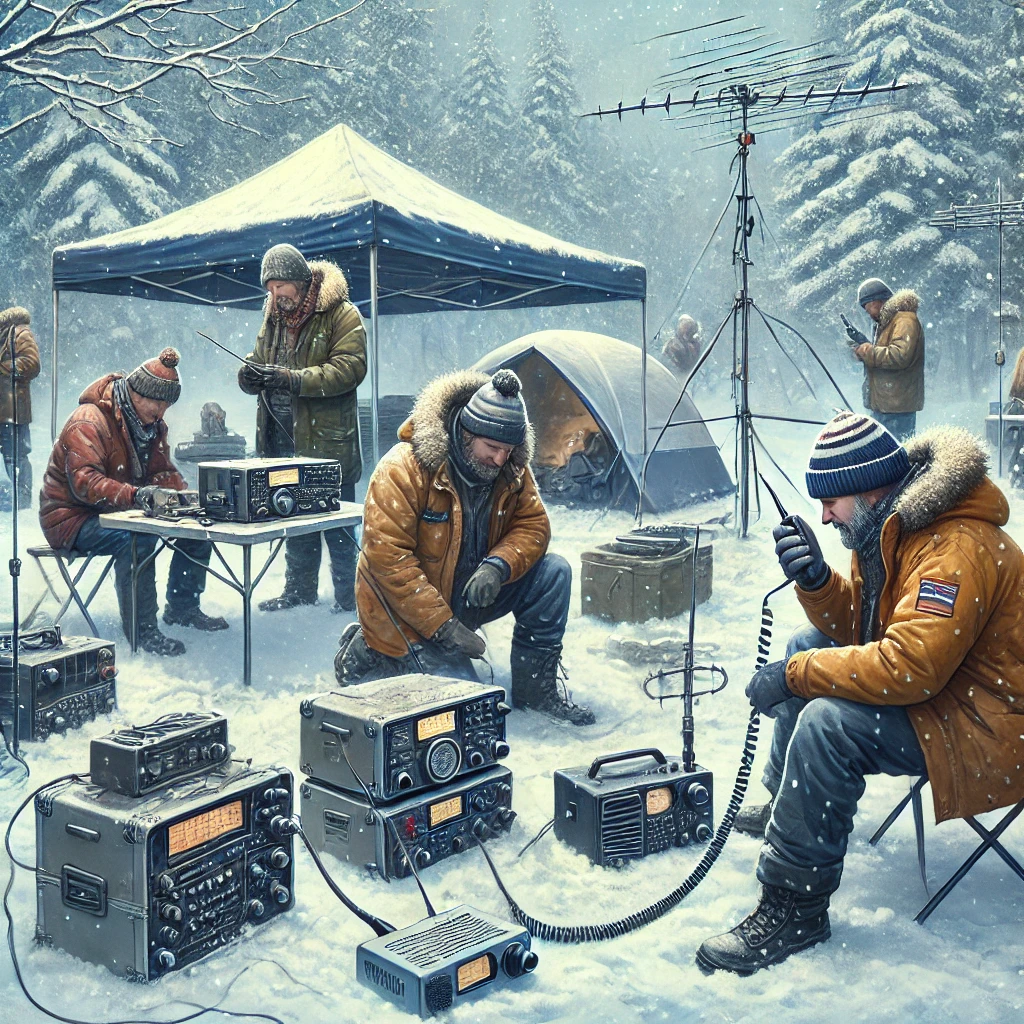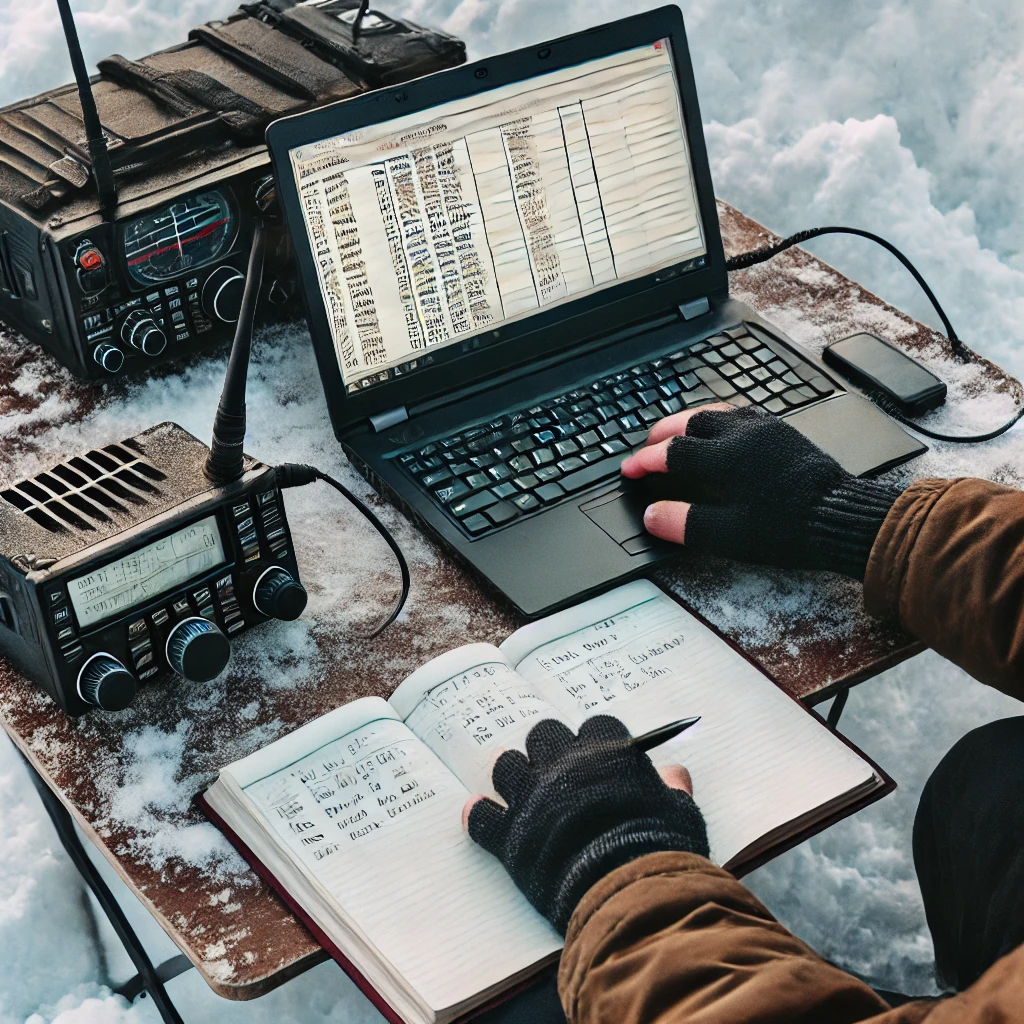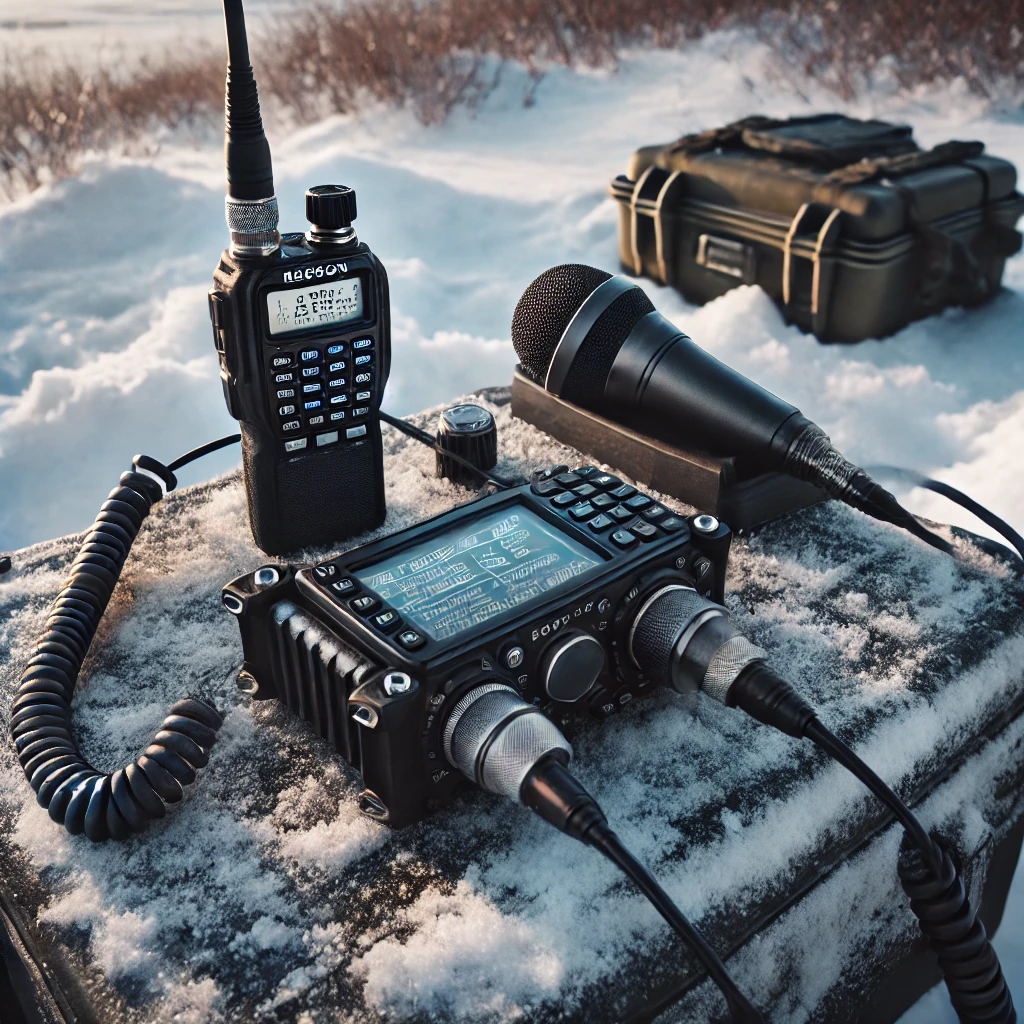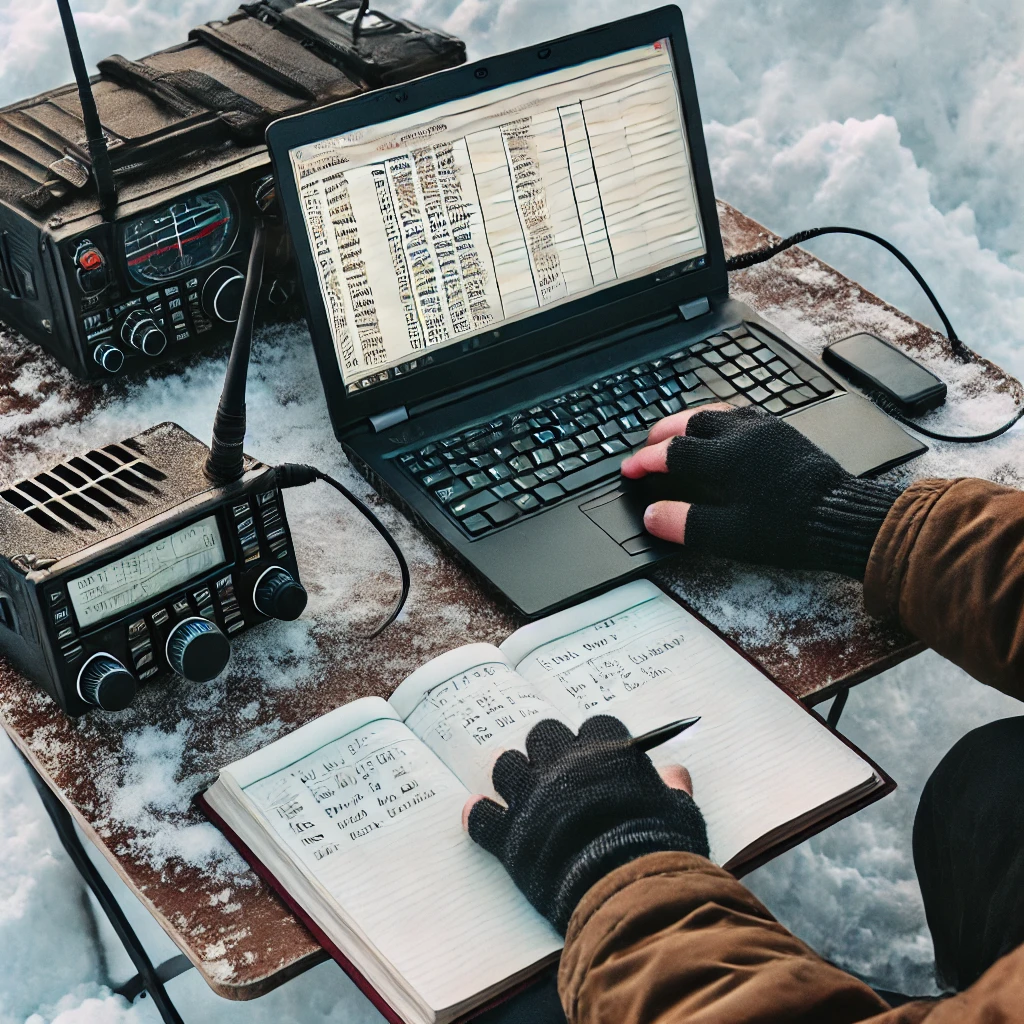Field Day is an exceptional opportunity for non-hams to experience the excitement and community spirit of amateur radio. Held annually by ham radio enthusiasts across the nation, this event transforms local parks and activity sites into vibrant hubs of communication and education. Non-hams are warmly welcomed to explore the world of radio, interact with experienced operators, and even try their hand at making their first contacts under supervision. With hands-on demonstrations, engaging conversations, and a chance to see how ham radio serves as a vital communication tool in emergencies, Field Day is the perfect occasion for anyone curious about this fascinating hobby to get involved, ask questions, and perhaps ignite a lifelong passion.
Winter Field Day (WFD) is a premier event for amateur radio enthusiasts, offering a unique opportunity to enhance emergency communication skills under challenging winter conditions. Held annually on the last full weekend of January, WFD emphasizes preparedness, adaptability, and community engagement.
Purpose and Objectives of Winter Field Day

The primary goal of WFD is to prepare amateur radio operators for emergency situations that may arise during the winter months. Operating in cold environments presents distinct challenges, including equipment performance issues, power supply concerns, and physical endurance. By participating in WFD, operators can:
- Enhance Emergency Preparedness: Develop and test the ability to set up and operate portable stations in adverse conditions.
- Improve Technical Skills: Gain hands-on experience with equipment setup, antenna deployment, and efficient communication practices.
- Foster Community Engagement: Collaborate with fellow operators, share knowledge, and build camaraderie within the amateur radio community.
Event Schedule
For 2025, Winter Field Day is scheduled as follows:
- Start Time: 1900 UTC on Saturday, January 25th.
- End Time: 1859 UTC on Sunday, January 26th.
Participants may begin setting up their stations no earlier than 1900 UTC on Friday, January 24th. The cumulative setup time must not exceed 12 hours.
Station Categories and Classes

Participants must select a category and class that define their operating environment and setup:
Categories:
- Home (H): Operating from a permanent residence or within 500 feet of it, regardless of indoor or outdoor setup.
- Indoor (I): Operating away from home, inside an insulated, weather-protected structure with permanent facilities (e.g., churches, EOCs, club shacks).
- Outdoor (O): Operating from a partly or fully exposed location without typical indoor amenities (e.g., tents, pavilions).
- Mobile (M): Operating from a vehicle that is in motion or capable of immediate movement.
Classes:
- Number of Transmitters (1O, 2I, 3H, etc.): Indicates the number of simultaneous transmitters and the category (Outdoor, Indoor, Home, Mobile).
For example, a setup with two transmitters operating outdoors would be classified as “2O.”
Bands and Modes

Permitted Bands:
All amateur bands, HF, VHF, and UHF, except 12m, 17m, 30m, and 60m.
Permitted Modes:
- Phone: Includes SSB, AM, FM, DMR, C4FM, etc.
- CW (Morse Code)
- Digital: Includes PSK, RTTY, Olivia, Packet, SSTV, ATV, JS8Call, and other soundcard modes, except FT4 and FT8.
Scoring System
The WFD scoring system incentivizes diverse operations and strategic planning:
QSO Points:
- Phone Contacts: 1 point per contact.
- CW and Digital Contacts: 2 points per contact.
Multipliers:
- Power Output:
- Stations operating with 100 watts PEP or less apply a multiplier of 2.
- Stations operating above 100 watts apply a multiplier of 1.
- Band/Mode: Each unique band and mode combination counts as a multiplier.
Prepare, practice, and participate—Winter Field Day is calling! Official Rules
